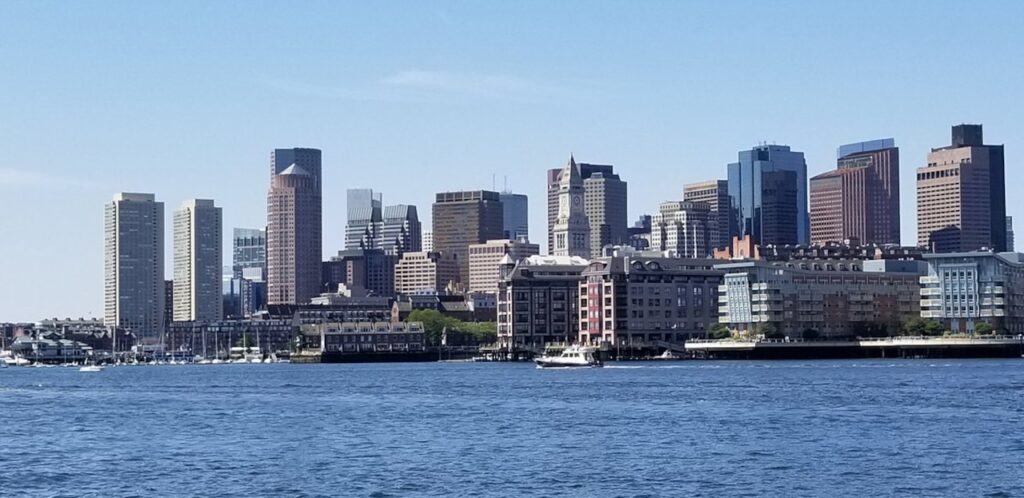A rare whale has been spotted close to the shoreline of Boston, directly by the entrance to the harbor.
The North Atlantic right whale — an endangered species with just about 370 whales left in the population — was first spotted closer to the shore of Massachusetts on May 7 by researchers from the Massachusetts Department of Marine Fisheries. It was seen again by NOAA scientists on Thursday.
By Friday, the NOAA researchers tracked the whale in waters less than 2,000 miles from Castle Island in South Boston. It was right by the entrance to the Boston Harbor, according to WhaleMap.org.
The massive animal is so close that the public may be able to see it from land — but any boaters on the water should keep a very wide berth, said Nora Ives, a marine scientist studying North Atlantic right whales at Oceana.
“Because they’re critically endangered, every whale counts,” Ives said.
“It’s very exciting to have them close to shore, but also a little scary…. If you’re on the water, go slow for those below‚” Ives said.
There’s also the possibility this right whale is not traveling alone, she added.
As the two main threats to North Atlantic right whales are vessel strikes and rope entanglements, Ives reminded the public and boaters of laws mandating to stay at least 500 yards away from the whales.
“The issue with them being so close to Boston Harbor is that there’s lots of people, lots of boats and lots of traffic,” Ives said.
“These are slow whales, they don’t have a dorsal fin and they like to hang out at the surface of the ocean, so they’re really hard to see. They can’t get out of your way.” Ives said.
But at a 500-yard distance, Ives encouraged the public to take pictures and share them with Whale Alert, an app designed to share public whale sightings.
While it’s not rare to see right whales near the Massachusetts shorelines, Ives said it’s been a “really unusual season all around” for where right whale populations have been traveling.
Two female whales traveled all the way to calving grounds by Florida, but then went around the Florida panhandle and ended up in the Gulf of Mexico near Alabama, Ives said — something that’s only happened “five times this century.”
Another mother and calf pair last seen in the Cape Cod Bay were able to evade researchers on their way back to New England after they’d went to the calving grounds.


